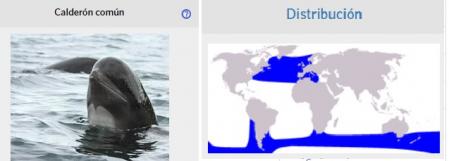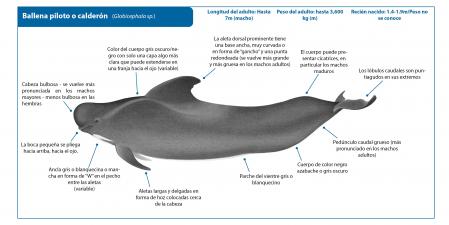History repeats itself on the beaches of Farewell Spit in New Zealand. Dozens of pilot whales, or long-finned pilot whales (Globicephala Melas) lost her way in high seas early in the morning of 18 March and became stranded on sand and rocks.
.
Members of the Project Jonas cetacean conservation team have released a provisional inventory of 31 dead pilot whales. Rescue operations continued on the morning of Friday the 18th under the coordination of the New Zealand Government’s Department of Defense.
Volunteers’ work has allowed 5 stranded cetaceans to be returned to the sea, although it was not confirmed whether they were able to swim normally again. The group affected by this new incident will have more than 40 animals. The causes of these persistent strands along the north coast of New Zealand are unknown.
Read more
Department of Conservation spokesman Dave Winterburn said coastguards and volunteers spent hours retrieving the surviving cetaceans, but some feared for their lives after being out of the water for so long.
Farewell Spit, a 16-mile-long peninsula made up mostly of beaches, has washed ashore a dozen pilot whales in the past 15 years.
The most tragic incident occurred in February 2017, when nearly 700 of these marine mammals got stuck on the sand and eventually 250 died.
Scientists don’t know why the beach is so deadly. One theory is that the salinity creates a shallow seafloor in the bay, which interferes with the whales’ sonar navigation systems. It is not ruled out that some human activities or the occasional presence of boats may be related to the diversion of these cetaceans.

.
Faunistic documents
Pilot whale or long-finned pilot whale (Globicephala MelasThe whale) is a genus of odontocete cetacean in the family Delphinidae. with the tropical or short-winged pilot whale (Globicephala macrorynchus) belong to the genus Globicephala. It is relatively abundant in the Atlantic, Pacific and Indian oceans, and also in the Mediterranean.
It is recognizable by its jet black color with its rounded head and single white anchor-shaped ventral spot. Dorsal fin sickle-shaped, located near the head and pointing backwards; The pectoral fins are black and very long.
Male pilot whales range from 6 m to 7.6 m in length, while females range from 5 m to 5.6 m in length; With weights ranging from 1,800 to 3,500 kg. Young babies are born with a pale gray color, and with fetal markings on the body.
Experts point out that the pilot whale is one of the few animals found to have more neocortical neurons than humans in a region of the brain associated with perception, imagination and thought.

.

“Typical beer advocate. Future teen idol. Unapologetic tv practitioner. Music trailblazer.”
